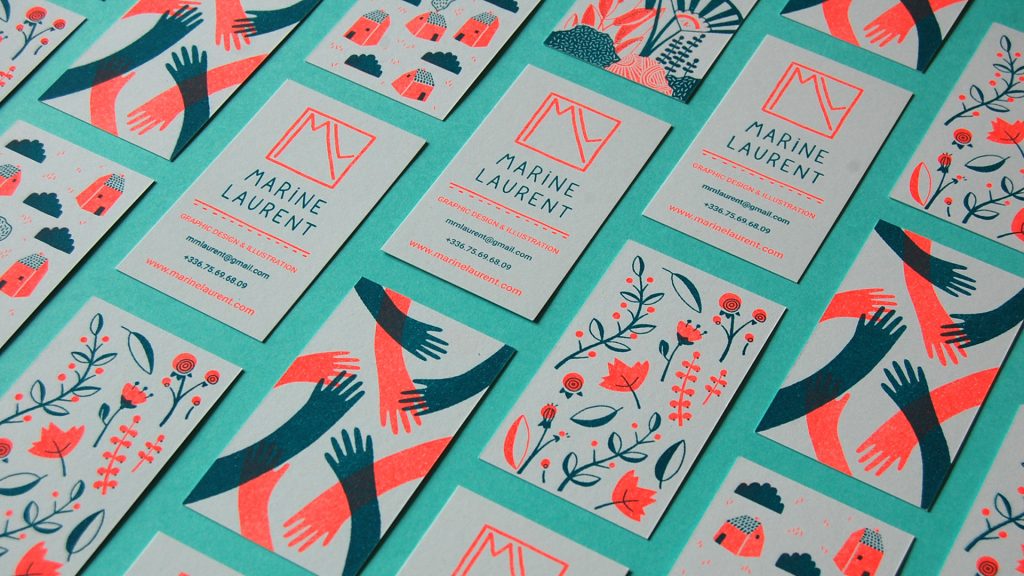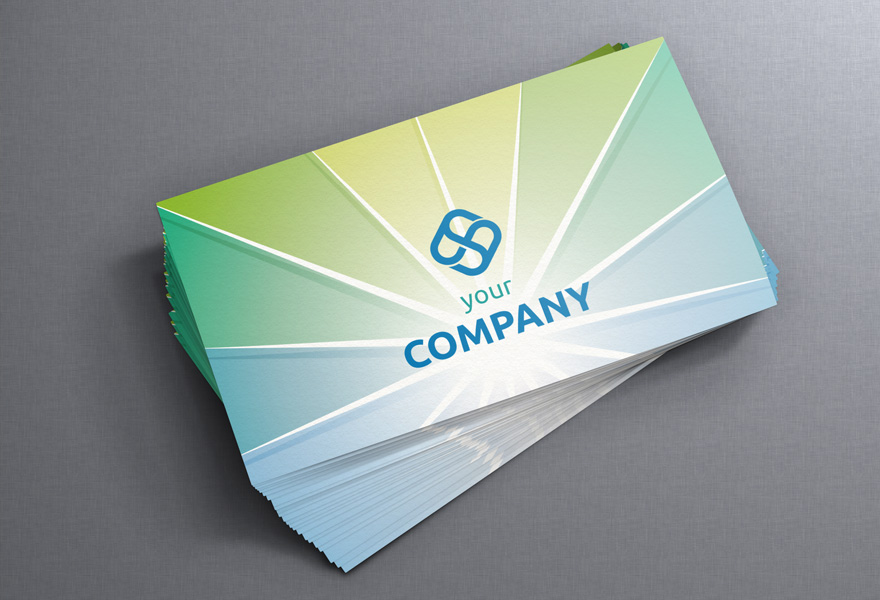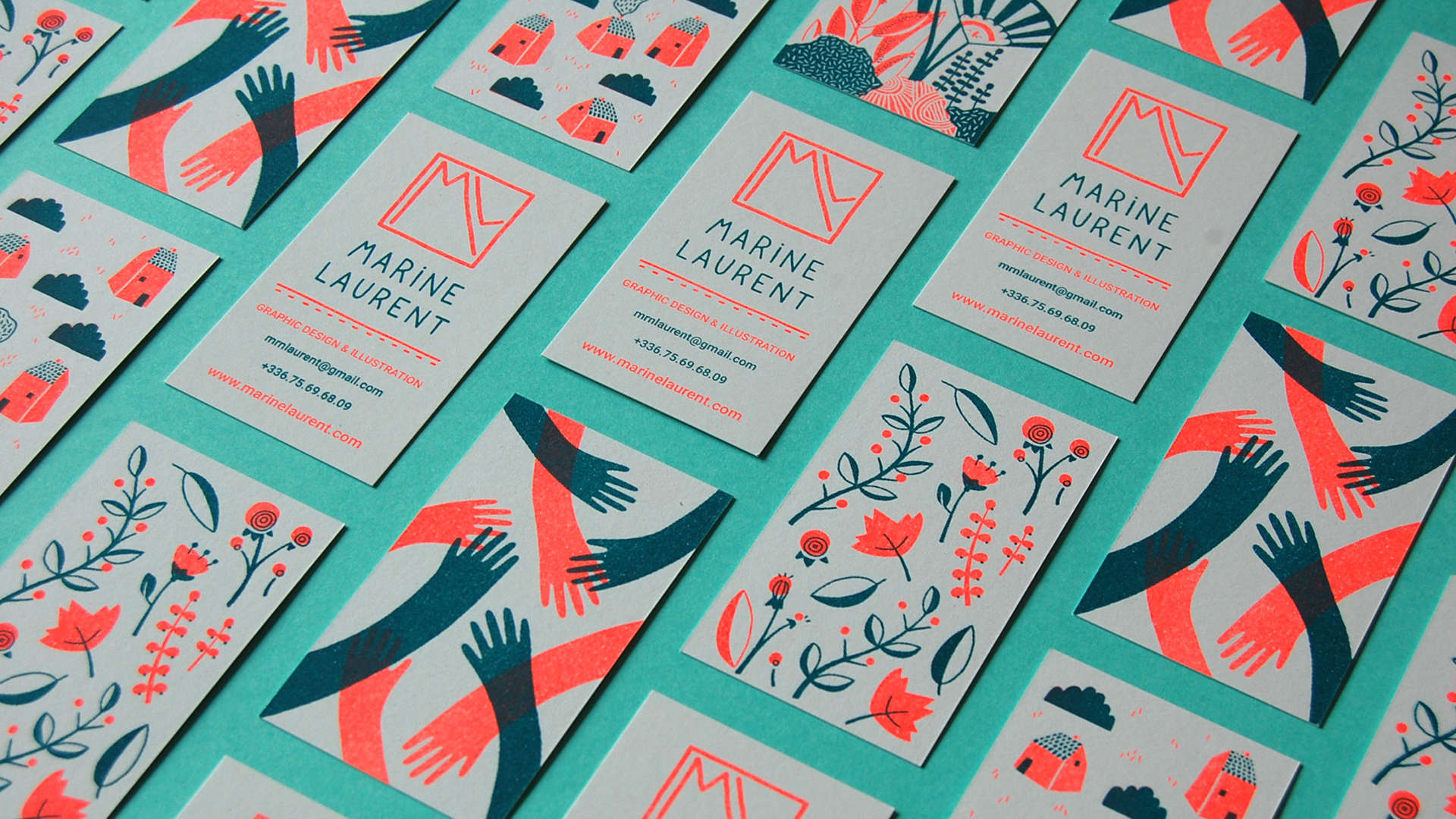
Tips for Creating a Successful Business Card
Customers tell me all the time that they want a card that “pops” as a designer. Some people may interpret this to indicate they want a card with a bright neon hue that stands out. However, I’ve come to realize that most individuals prefer a card that sticks out from the throng. And getting there isn’t always as straightforward as one may believe. There are a few things to bear in mind if you want your unique business card to really “pop.” This crucial issue of how to design a business card and make it an effective visual marketing tool was recently revisited. Here are some of our best business card design tips.
The paper stock you choose for your business cards is just as crucial as the design. Companies who want to brighten the atmosphere should use thick, glossy business cards like in dây đeo thẻ. You may also add a lasting UV coating to glossy business cards for an extra glossy luster. Print glossy business cards on C2S or C2S business card stock, which is coated on two sides or one side, depending on your preference. When you anticipate you’ll be putting information on the back, one-sided glossy business cards are preferable; two-sided glossy business cards are best if you won’t be writing on the back.
One approach to simplify your card is to include phone numbers. How would you like your client to contact you? Is this the main office? Is that your receptionist? What’s the number on your phone? Why not consolidate all of your calls into one location? When you only give them one option, it’s a lot easier for them to figure out where to contact. What about your fax machine? How often do you use it? If relatively few of your customers fax you anything, you might want to turn that off as well. They’ll ask for it if they require it.
Business cards are available in a wide range of sizes and shapes. If you run a typical business, a traditional business card size of 3.5 inches by 2 inches would suffice. A basic die-cut, such as rounded corners, might, however, offer a touch of sophistication. If you want to make a statement as a distinctive company, consider experimenting with different sizes and styles for your business cards. Choose a die-cut shape that corresponds to your industry, such as a wrench for a plumber or a dog bone for a dog groomer. You can also make an angled parallelogram out of your business card.
With a high-resolution version of your logo, you can sell yourself effectively. I’ve seen businesses cut and paste their logo from a scan and then try to utilize it on their business cards. Unfortunately, this will not print nicely and will not give your company a professional appearance. If you don’t have a high-resolution file, hire a graphic designer to make one for you. Most of the time, this is a straightforward procedure that is much less expensive than starting from scratch. We understand how difficult it can be to locate high-resolution photos for your design. Look through the top 28 websites that offer free stock photographs and pick an image that catches your attention.



